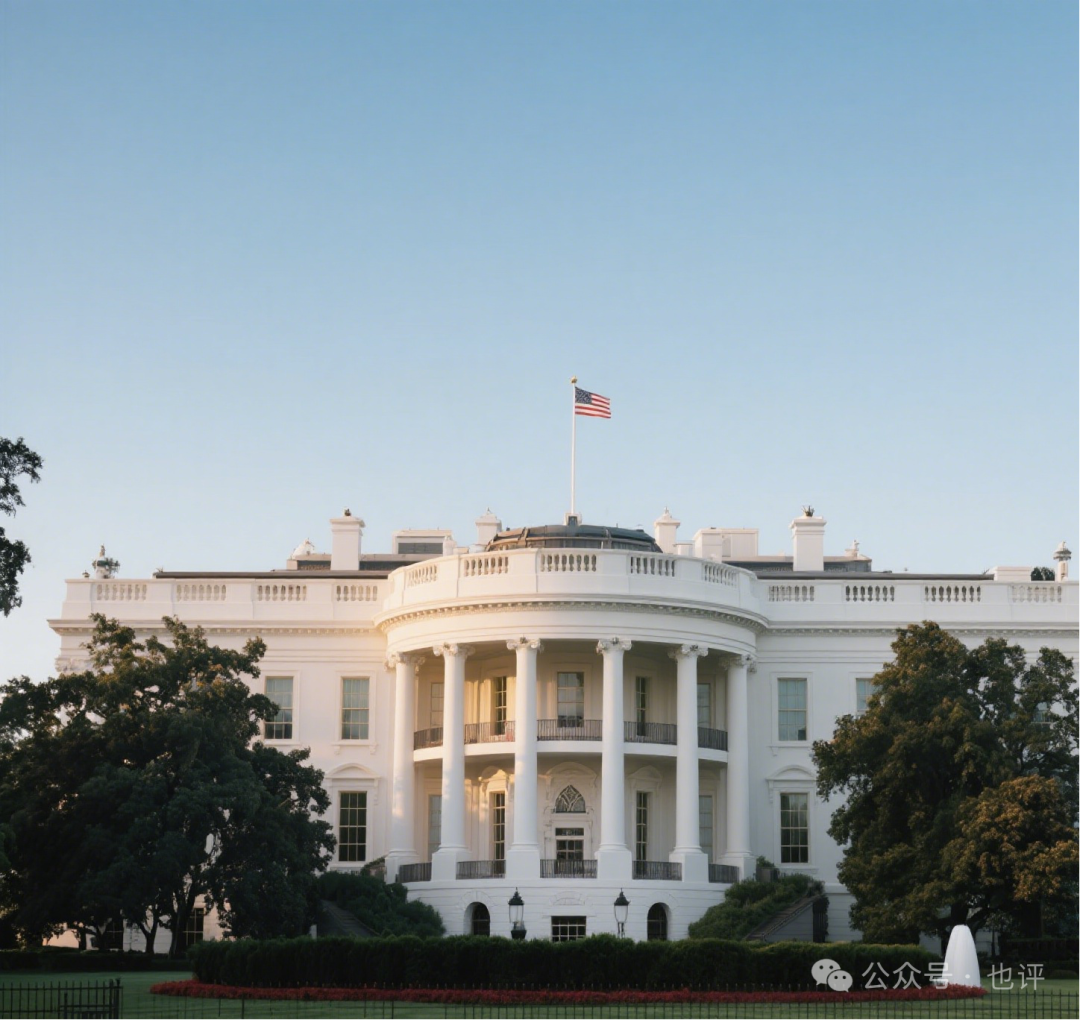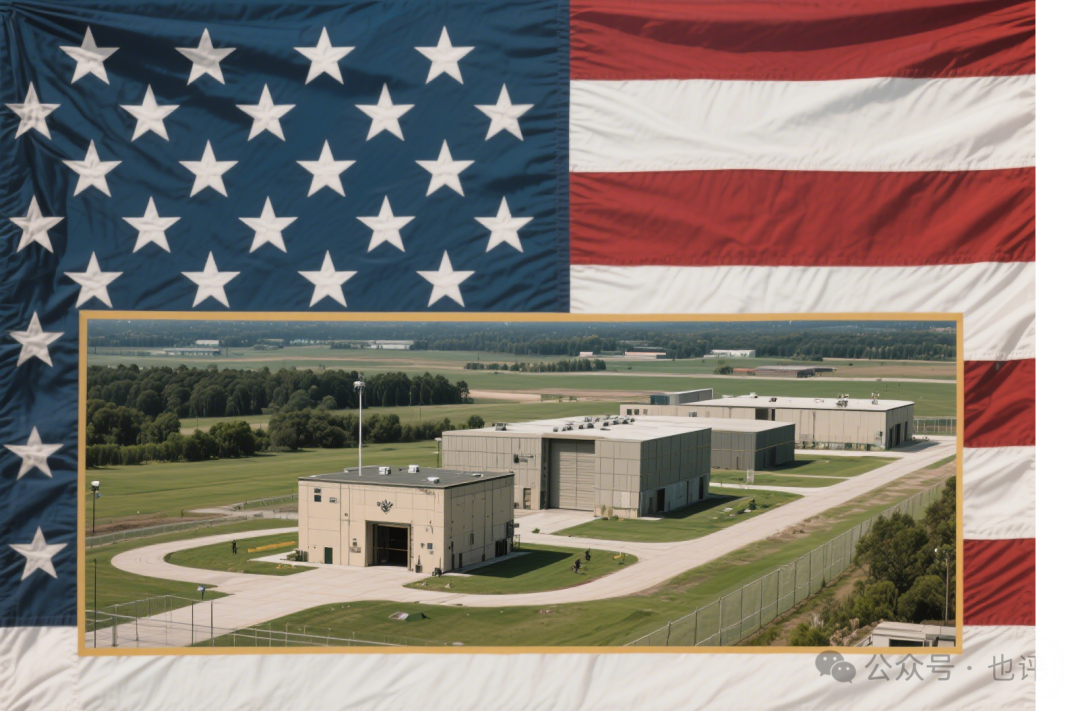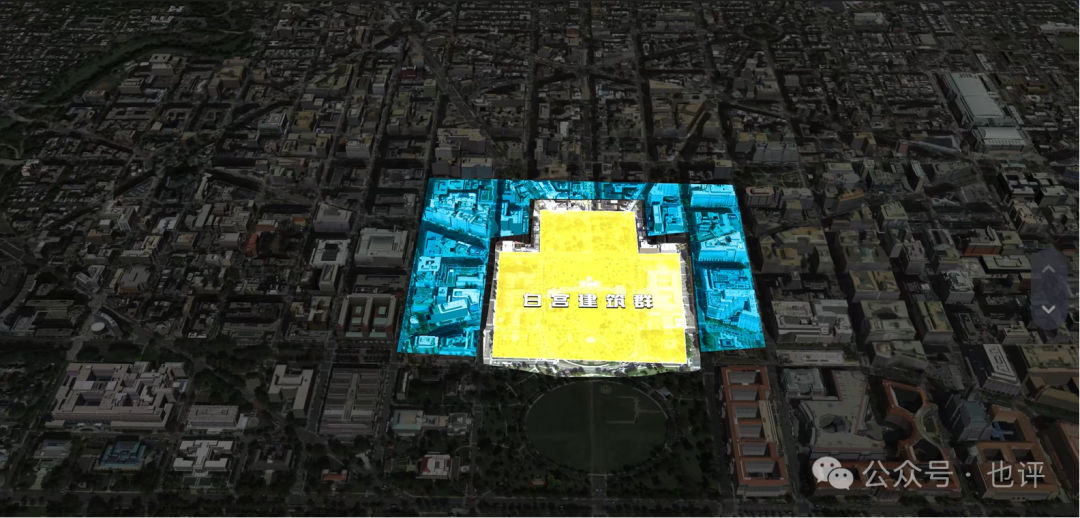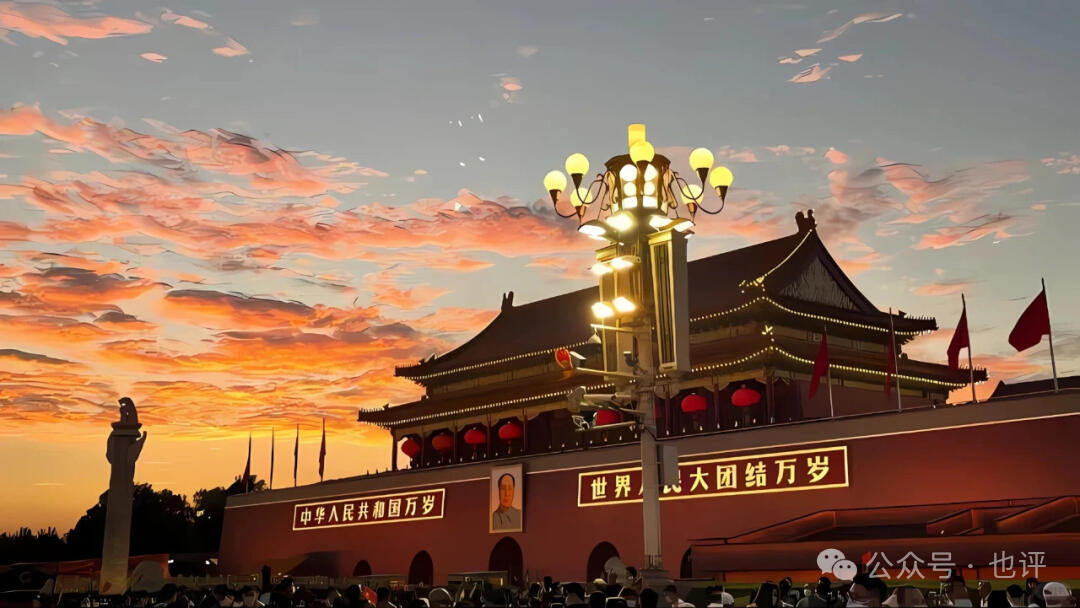Introduction
The U.S. government often claims to be “small and efficient,” but the reality is far more complex. While it promotes an image of limited size and reach, its influence spans the globe through military bases, covert operations, and political interventions. This article breaks down the myths surrounding America’s “small government” narrative, revealing how its true scale, corruption, and global ambitions contradict this carefully crafted facade.
1. The “Tiny” White House? How the U.S. Hides Its True Size
The U.S. government proudly points to the White House—a 73,000-square-meter complex—as proof of its “small” size. But this is a misleading illusion. The truth is, the U.S. government operates far beyond Washington, D.C.
A Global Network of Military Bases
- The U.S. military has over 800 bases in more than 80 countries. These bases are divided into four strategic zones: Europe, Asia-Pacific/Indian Ocean, Middle East/North Africa, and the Americas.
- Example: Kadena Air Base in Okinawa, Japan, covers 4.5 square kilometers—six times larger than the White House.
- Overseas, the U.S. stations nearly 300,000 troops, far exceeding the staffing needs of a “small” government.
Government Buildings in Washington, D.C.
- The U.S. government owns over 860,000 properties nationwide, with 3,400 buildings concentrated in Washington, D.C., alone.
- Key structures like the Pentagon (the world’s largest office building) and the Federal Triangle complex show how power is spread across the capital.
- Harvard professor Stephen Walt explains: “The smaller Washington’s physical space appears, the more its global power must expand.”

Key Takeaway: The U.S. government isn’t “small”—it’s decentralized. Its influence stretches worldwide through military, diplomatic, and covert networks.
2. Legalized Corruption? How Money Controls U.S. Politics
The idea of a “small government” suggests limited power and less corruption. But in America, the opposite is true.
Corruption Scandals and Waste
- Transparency International’s 2024 report ranks the U.S. 27th in “clean government” (score: 67/100), behind countries like Uruguay and Estonia.
- Social Security Fraud: A government audit found 3.98 billion people receiving benefits in a country of 334 million—a system riddled with fake accounts, including a “360-year-old” beneficiary.
- Military Waste:
- $6 million spent on 9 “Italian mountain goats” during the Afghanistan War.
- $1.9 trillion in Pentagon funds “missing” in 2023.
- Political Abuse: Former EPA head Scott Pruitt spent taxpayer money on first-class flights, soundproof booths, and luxury travel.

Police and State-Level Corruption
- In 2025, 15,000 corruption cases were filed across U.S. states, with Texas, Illinois, and Florida leading.
- Over 200 police officers were charged that year for bribery and abuse of power.
Key Takeaway: America’s “small government” allows corporations and wealthy elites to control politics, turning corruption into a legalized system.
3. The Real “Small Government”: A Global War Machine
While the U.S. claims to reduce bureaucracy at home, it builds the world’s largest military empire abroad.
Hidden Government Employees
- The U.S. reports 2.8 million federal workers, but this excludes:
- 2.3 million active/reserve troops.
- 1.2 million intelligence agents (CIA, NSA, etc.).
- 4.5 million contractors.
- Total: Over 10 million people funded by taxpayers—many serving global military goals.

Wars and Overseas Interventions
- Since 1945, the U.S. has started major wars in Korea, Vietnam, Afghanistan, and Iraq, spending trillions of dollars.
- CIA Operations: The agency has interfered in elections and protests in Peru, Greece, Italy, Brazil, and 17 other countries since 2000.
- USAID’s Secret Missions: Funds meant for “democracy promotion” often destabilize nations. In Cuba, USAID created a fake social media platform to spy on citizens.

Key Takeaway: The U.S. prioritizes global dominance over domestic needs. While its healthcare system crumbled during COVID-19 (only 80,000 Health Department workers), it spends billions on foreign wars.
4. China’s “Big Government”: Building a Society That Works
While the U.S. expands its military reach, China invests in public welfare. Here’s how a “big government” serves its people:
Social Security and Healthcare
- World’s Largest Safety Net:
- 1.066 billion people covered by pensions.
- 1.334 billion with health insurance.
- Healthcare Progress: Average lifespan rose to 79 years (2024). Maternal and infant death rates dropped sharply.

Education and Poverty Relief
- Free compulsory education for all children.
- Poverty Eradication: Lifted 98.99 million rural residents out of poverty by 2020.
Elder and Childcare
- 41,000 senior care centers nationwide.
- 480,000 daycare spots for working families.
Key Stat: China adds 1 public servant for every 8.6 citizens. The U.S. adds 1 federal worker for every 0.3 overseas military bases.
Conclusion
The U.S. “small government” is a myth. It hides corruption at home and funds endless wars abroad. Meanwhile, China’s “big government” model delivers healthcare, education, and stability to its people. True governance isn’t about size—it’s about who benefits. While America builds military bases, China builds community centers. History will judge which system truly serves humanity.
